The exposed brick is lovely. However, there are sometimes good reasons to cover the bricks with white. Maybe you’ve already tried it and realized that whitewashing exposed bricks is not that easy: the porous surface of the brick absorbs the color.
It completely alters its hue, creating a different result than you imagined. There are several ways to whiten solid brick. It all depends on the effect you want to achieve, on your personal taste, and, in part, your budget.
There are two main methods for whitewashing brick: the limewash method and the paint method. Both ways will give your brick a beautiful, white finish, but each has its own benefits and drawbacks.
The lime wash method is the more traditional method and will give your brick a more natural look. The downside is that it is more labor-intensive than the paint method.
The paint method is quicker and more accessible, but it will not give your brick the same natural look.
No matter which method you choose, whitewashing your brick is a great way to freshen up the look of your home.
Why Do You Want To Whitewash Your Brick exterior?
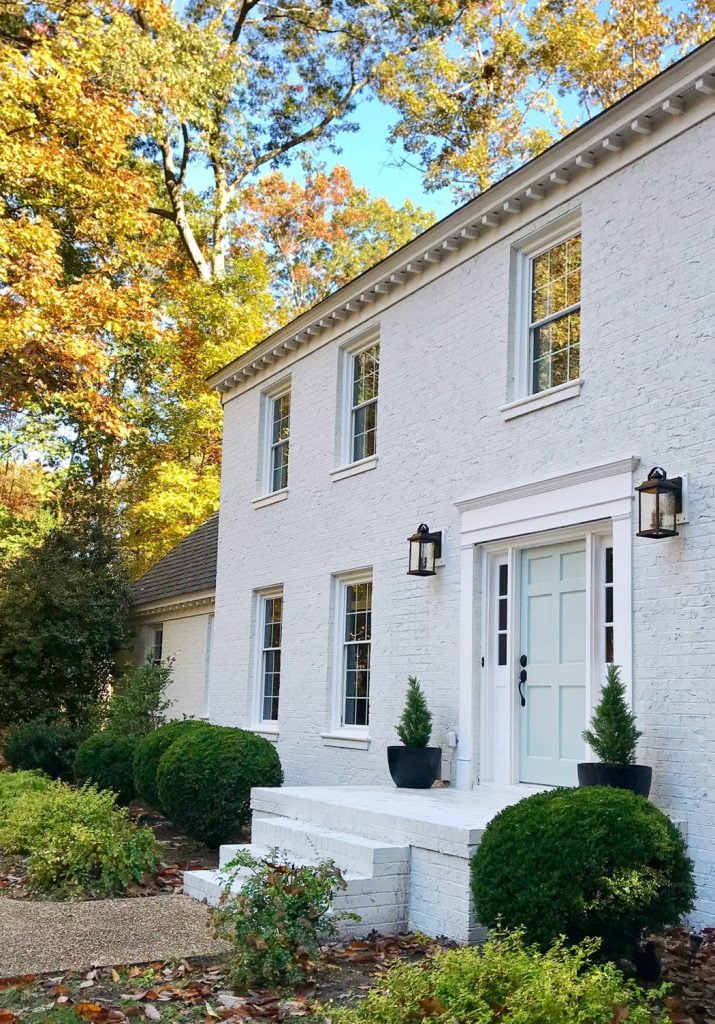
There are many reasons to whitewash your brick wall. Be it for a choice of design or personal taste to create a better effect or because you are tired of the exposure and sometimes change the look of your home.
You may also want to recreate a rustic effect on comparable new homes. Whitewashing can give you that rustic effect. Finally, some whitewash the bricks of their home to create an additional protective filter against atmospheric agents and combat the bricks’ erosion.
If you like whitewashing bricks, you will find our step-by-step guide below.
A step-by-step guide to whitewashing your exterior brick wall
Clean the Brick
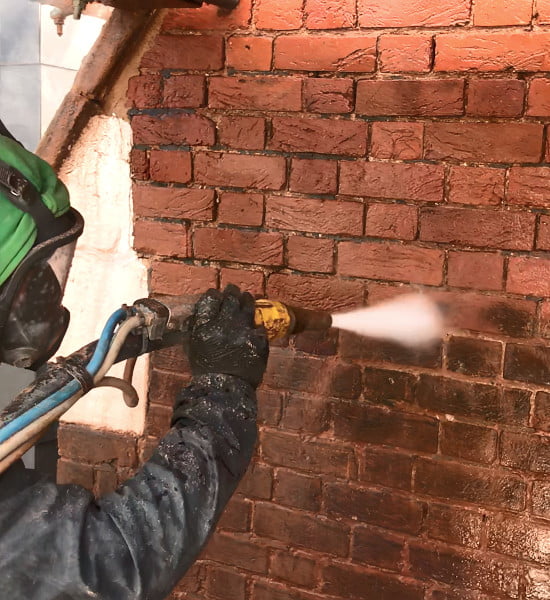
First, we need to clean our brick walls. This step is critical to properly whiten our bricks. You have to be thorough and clean every brick well. You can use a simple soap and water mixture, carefully avoiding any aggressive chemicals that could damage the brick. Once soapy, you can rinse with water or, if you have it available, with jets of compressed water for a better result.
Remove all pre-existing paint from the surface.
Now that our bricks are washed and perfumed, it is time to remove the excess paint or lime residue present between one brick and the next to have a better and more precise result.
You can use a putty knife to help scrape off the old paint.
Once the excess paint is removed, you can rinse your brick walls.
Cover and protect all unaffected surfaces
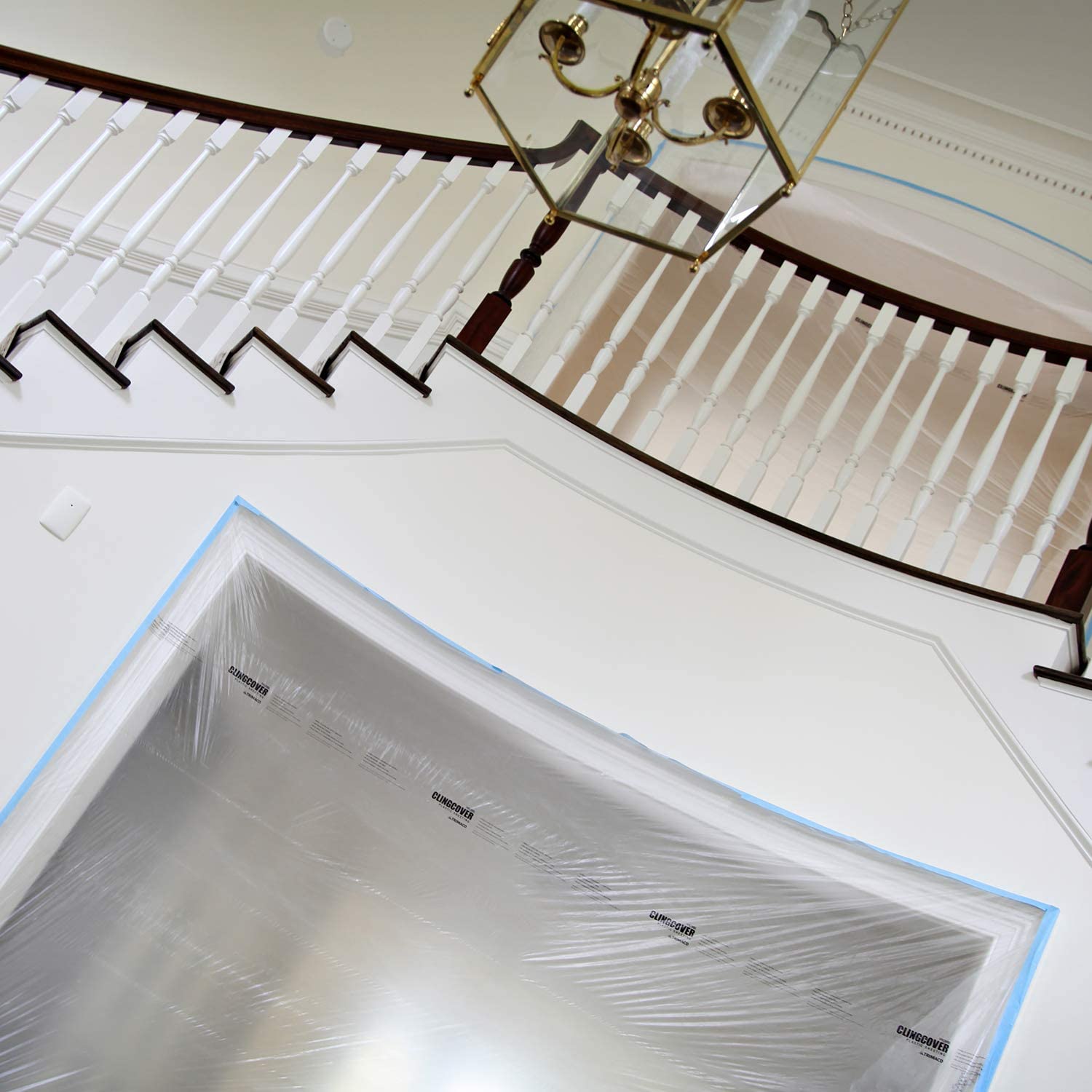
Whitewashing always generates many unwanted splashes. The risk of dirtying the surfaces that are not affected, such as windows, doors, and channels, is very high. We advise you to cover all these elements at risk of contact with paints with special plastic sheets and fix them with adhesive tape.
Prepare the whitewash
At this point, we need to create our whitewash solution.
The rule is to use a ratio of 1: 1 and mix latex paint and water equally.
It depends a little on your personal taste and the type of brick you face. I recommend that you first create a solution that satisfies your degree of whiteness and try it on a brick.
It is essential to note the ratio used in such a way as to replicate it throughout your wall in a homogeneous way. To have a whiter brick, you will add more paint, while for a lighter color that reveals the original color of the brick, use more water.
Apply the whitewash via brush or rag.
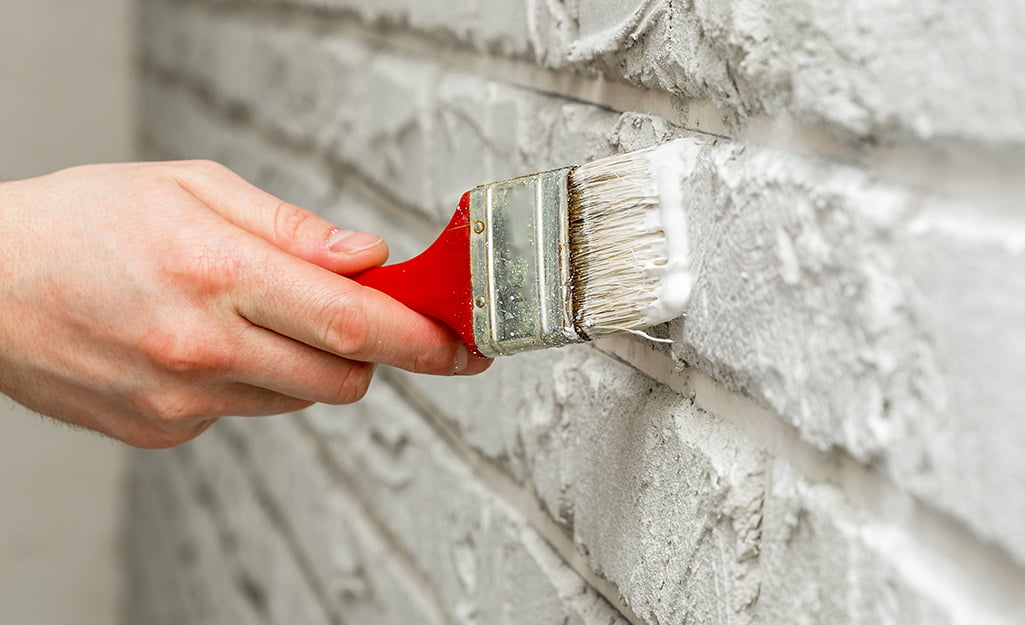
The whitewash is ready to be applied to our bricks. First, make sure you have slightly wet bricks to moisten the pores.
Then start applying the lime to the bricks. You can use a brush or a cloth. Some use the dry brush technique. You soak the meeting in the solution and then pass it on to the material before applying it, or you can use the brush directly on your bricks.
I personally prefer a soft brush to direct it better on the crevices and corners.
I also recommend that you use brushes of different sizes. You can use small brushes for the escape routes and corners and a medium-large brush for the brick.
Remember that bricks are porous, so lime will tend to fade when it dries. Then let the brick wall dry for at least one night, and then check if you have obtained the desired degree of coverage. If not, you can apply a second coat over the entire surface.
How much does it cost to whitewash brick?
Whitewash is much cheaper than Limewash, just take the desired paint and stretch it with water. Depending on the paint and the dilution ratio chosen, from 5 to 25 liters could be enough with a variable cost between $ 20 and $ 100.
How long does whitewashed brick last?
The whitewash is relatively permanent, with an average duration between 20 and 30 years, with very few interventions here and there, unlike the Limewash, which every 5/7 years require revision.
The German Smear Look
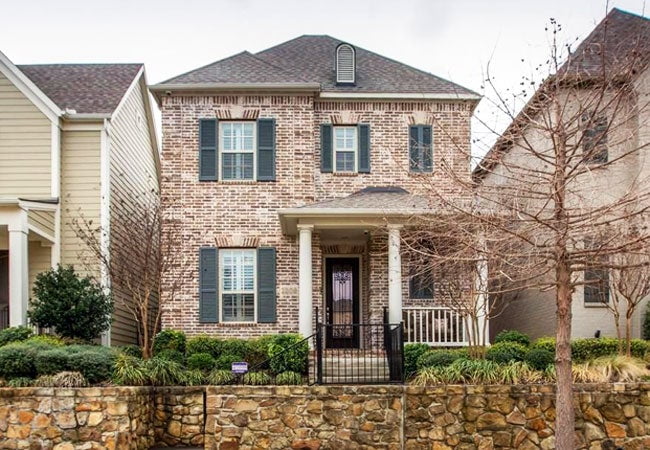
Finally, we wanted to mention this particular technique.
The German Smear Look is a technique for painting bricks that mimics the look of irregular stones and heavy mortar joints. The technique involves coating the brick with a layer of wet mortar, which adds a rough texture and creates an irregular pattern. German Smear is not confined solely to home exteriors; some people use the technique to update their interior brick walls and fireplaces.



